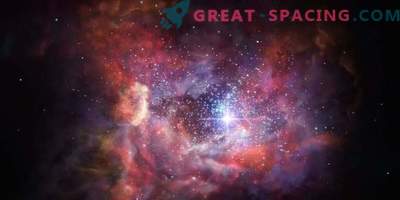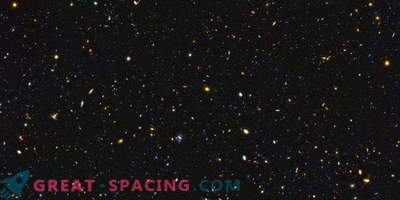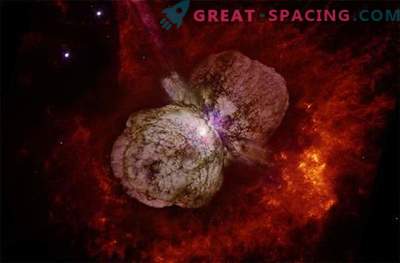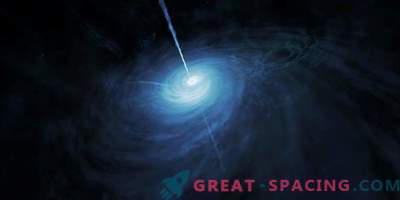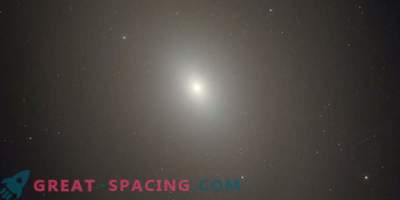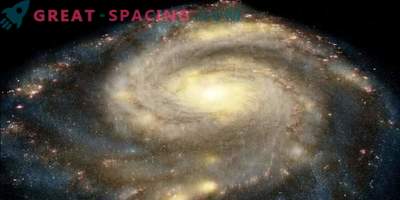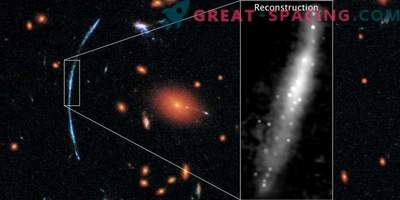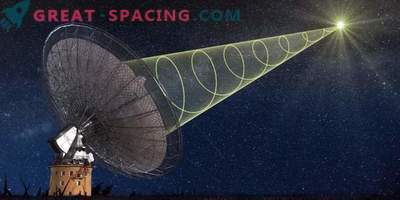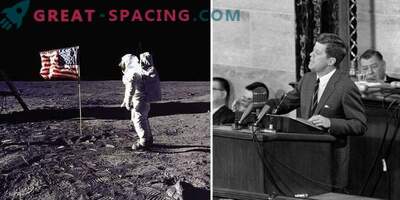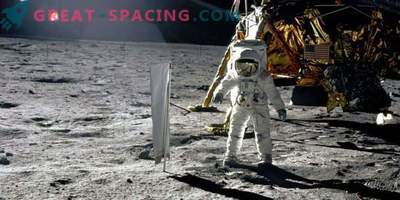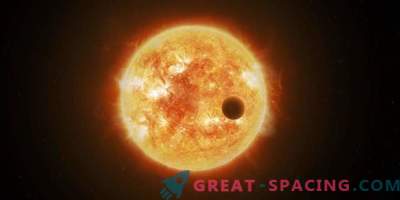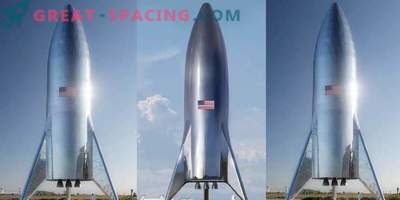
Astronomers, using the Hubble Space Telescope, spotted a bright galaxy located at a record 13.4 billion light years from Earth. This is the most distant galaxy ever found.
The galaxy, called GN-z11, is located in the direction of the Big Dipper constellation and formed only 400 million years after the Big Bang, which marks the beginning of the Universe.
“We took a major step back in time, stepping beyond what we could ever expect from the capabilities of the Hubble telescope,” said astronomer Yale University Pascal Osh.
Osh and his colleagues used the Hubble light-scattering spectrograph and captured an unexpectedly bright galaxy infusing new stars at a speed about 20 times faster than what the Milky Way is producing today.
Then the scientists analyzed how the lengths of the light waves shifted from the galaxy due to the distance. This phenomenon is similar to how the sound of a train changes with distance.
Previously, the most distant was considered a galaxy, located at 13.2 billion light years. “This new record will hold positions, most likely, until the launch of the James Webb space telescope,” added astronomer Yale University Peter van Dokkum.
The Webb Observatory, a follower of the Hubble Space Telescope, is scheduled for launch in 2018. The device is more sensitive to a longer wavelength, the infrared light of which will allow researchers to look at the first objects emitted after the Big Bang.
With just one percent of the mass of the Milky Way stars, the GN-z11 is a small galaxy by modern standards, but huge, considering how early it was formed.
“It's amazing that such a massive galaxy existed only 200-300 million years after the very first stars began to form,” said astronomer Garth Illingworth of the University of California, Santa Cruz.
The new GN-z11 spectroscopic observations are based on previous observations by Hubble and the NASA Spitzer infrared space telescope, which gave reasons to assume that the galaxy was much closer than it was originally.

